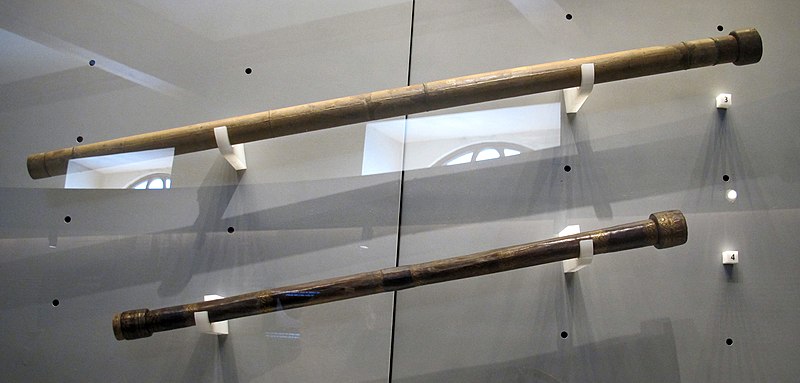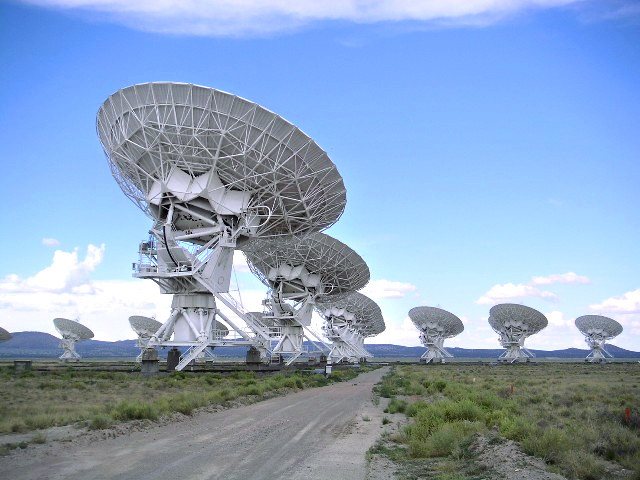Ancient Astronomy
Astronomy has been around for thousands of years. In ancient times, people observed the sun and the stars on a daily basis. They planted crops and held certain events relating to the movement of objects in the sky.
Ancient civilizations, like the Greeks and Romans, however did not have the instruments that later generations had. They had to observe the skies and stars with their naked eye. It helped them navigate the seas and guide them to other places.They saw that stars were arranged in patterns that looked like humans or animals.
In ancient times, people thought that the Earth was the centre of the universe and that everything revolved around it. Towards the end of the Middle Ages some astronomers were not quite convinced about this theory. In the early 16th century Nicolaus Copernicus, a Polish astronomer, was the first to show that in fact the sun was the centre of the solar system and planets revolved around it. Almost a century later Italian astronomer Galileo used the first telescope to observe space. His studies supported Copernicus’ theories. German mathematician Johannes Kepler proved that planets travel around the sun in elliptical paths. Isaac Newton used Kepler’s findings to explain how gravity worked.

The first telescopes that Galileo used
Image:Sailko, CC BY-SA 3.0, via Wikimedia Commons
Modern Astronomy
The discovery of the telescope changed the way scientists could observe space. While ancient people only were able to see objects near Earth, telescopes were able to find Uranus, Neptune and Pluto, the distant planets of our solar system.
Astronomers also found that an asteroid belt moves around the sun between the Mars and Jupiter. With the help of powerful telescopes, they were able to map the surface of the moon and other planets in great detail. Modern astronomy uses powerful telescopes on earth to see objects far away from our solar system. It also relies on images sent to earth from orbiting telescopes, like the Hubble Space Telescope, which has been in operation since 1990.
Unmanned spacecraft that land on the moon and other planets give astronomers large amounts of data and images that they can use for their work. Astronomers also study samples of rocks that spacecraft have brought back to Earth.
Today, astronomers use computers to simulate movements and events that may happen in space. For example, they can predict how close an asteroid can come to earth or when certain comets appear.
Astronomers measure distances in light years – how far light can travel in one year, which is about 6 trillion miles (9.4 trillion km). They have found out that our galaxy, the Milky Way, has a diameter of 100,000 light years. The nearest star is Proxima Centauri, about four light years away from Earth.

Radio telescope in New Mexico
Image: Hajor , CC BY SA 2.0 via Wikimedia Commons